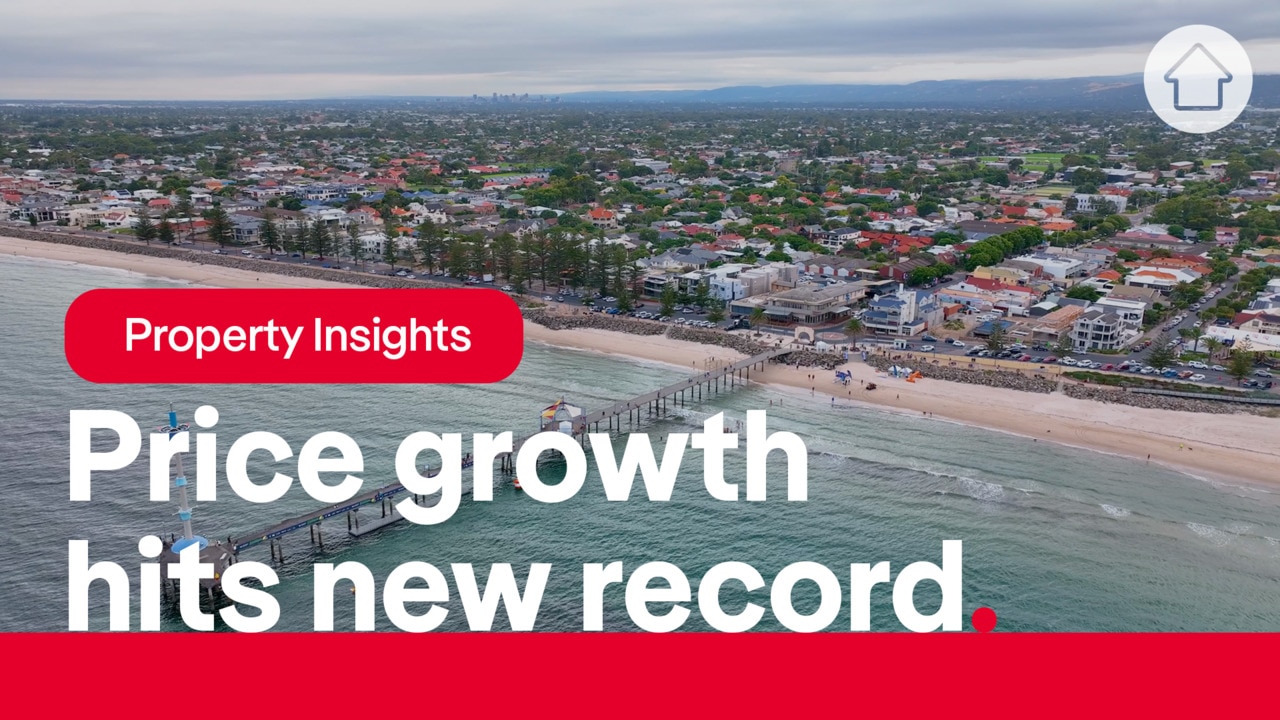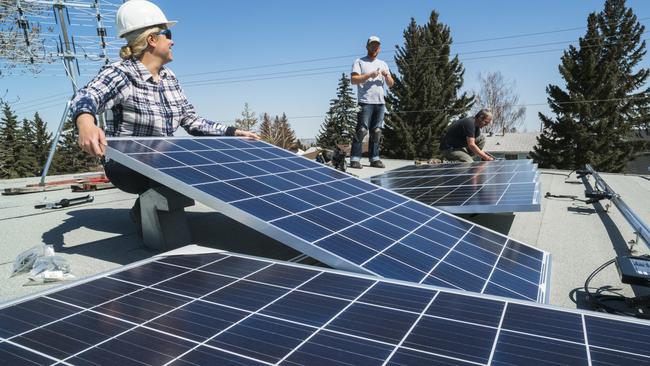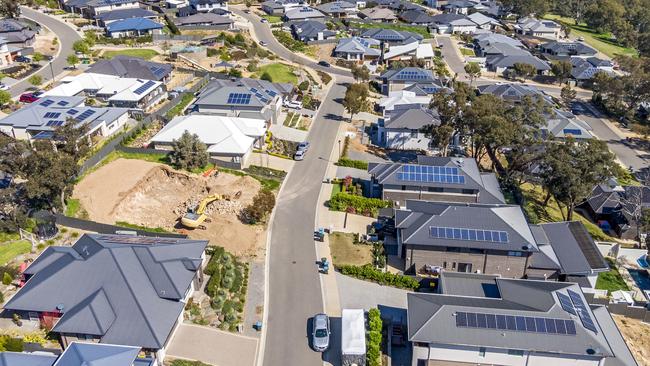Revealed: Australia’s top renewable energy suburbs
As cost of living pressure builds, there’s been a surge in uptake of renewable energy in Aussie homes, with some more enthusiastic than others to ditch fossil fuels.

As cost of living pressure builds, there’s been a surge in uptake of renewable energy in Aussie homes, with some more enthusiastic than others to ditch fossil fuels.
More than 255,000 homes have had solar power installed since the pandemic, according to latest analysis by Solar Run of Clean Energy Council data. But it warned some states are falling way behind, while others miles are ahead when it comes to capitalising on Australia’s abundance of natural resources like sunlight, wind and water for energy.
MORE: ‘Unbelievable’: 24 bidders battle for $44,000 unit
Peter ‘Spida’ Everitt and wife Sheree selling Gold Coast villa
Inside $12.7m off-the-plan luxury apartment sale

Queensland leads the nation with an impressive 54,365 renewable energy installations between 2020 and 2023. Its closest rival was Victoria with 51,104 installations, with NSW third on 48,470. Western Australia had 44,899 installations, ACT 22,803, South Australia 20,849. The lowest take-up levels were in Northern Territory with 6,734 installations and Tasmania at 6,070.
Solar Run CEO Anthony Kurta said “the data from our latest analysis is a testament to the incredible progress Australian states are making towards renewable energy adoption”.
The greenest suburb in the country was Victoria’s Tarneit with 2,177 solar installations, followed by Box Hill in NSW with 2,152 and Queensland’s Winfield in the Bundaberg region on 1,735. Victoria’s Roxburgh Park and Queensland’s Maryborough had 1,475 and 1,466 installations respectively, with NSW’s Kellyville on 1,442.
Mr Kurta said there was “growing momentum of renewable energy across Australia”.
“Communities are increasingly recognising the benefits of solar power, not just for the environment but also for economic resilience.”
MDP Architecture director Glen Ollerton said “rising cost of living pressures are a concern for everyone in the community, including homeowners and the rental market”.
“Rising energy costs bring into focus the immediate impact on people’s financial landscapes. Keeping our homes warm, cool and lit is a staple requirement of every house. Clients are now asking, how can we reduce our energy bills? That is often the question that opens the door about sustainability and what it means to them and the environment.”

Mr Kurta said states with lower population density like NT and Tasmania had significantly fewer installations of renewable energy compared to those with moderate to high population density like NSW and Victoria.
It showed higher population densities were likely to drive more marked renewable energy initiatives within states.
See the latest PropTrack Home Price Index
Solar Run proposed that states with lower installation numbers focus on targeted incentives to enhance renewable energy uptake.
Those with higher numbers, the firm said, should continue to innovate and share practices with less advanced states to move towards a uniform approach to renewable energy adoption.
Originally published as Revealed: Australia’s top renewable energy suburbs
